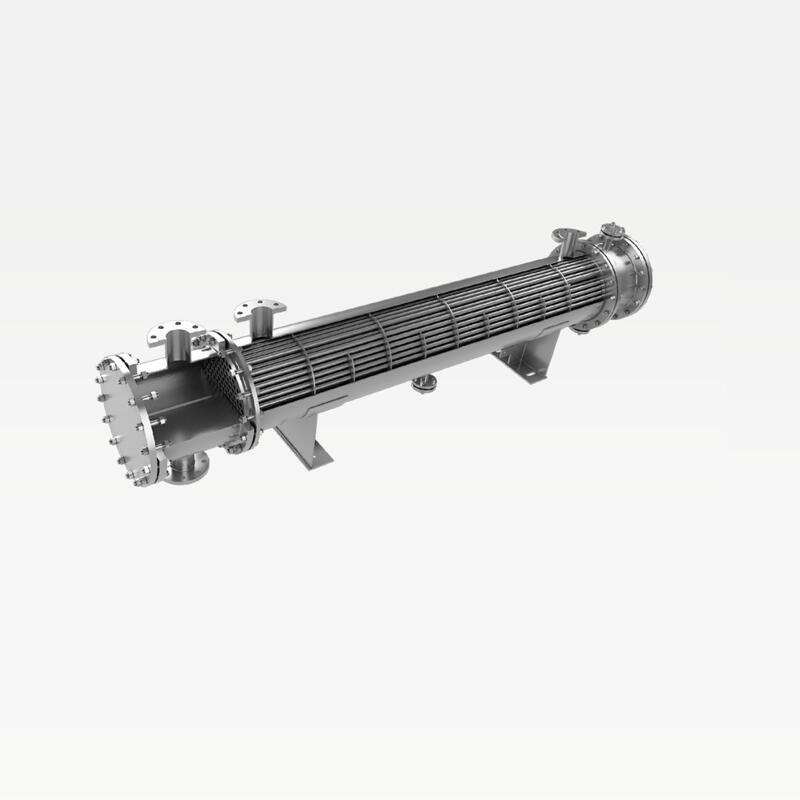-
Categories
-
Pharmaceutical Intermediates
-
Active Pharmaceutical Ingredients
-
Food Additives
- Industrial Coatings
- Agrochemicals
- Dyes and Pigments
- Surfactant
- Flavors and Fragrances
- Chemical Reagents
- Catalyst and Auxiliary
- Natural Products
- Inorganic Chemistry
-
Organic Chemistry
-
Biochemical Engineering
- Analytical Chemistry
-
Cosmetic Ingredient
- Water Treatment Chemical
-
Pharmaceutical Intermediates
Promotion
ECHEMI Mall
Wholesale
Weekly Price
Exhibition
News
-
Trade Service
I.
Overview
As we all know, bitumen is the oldest petroleum product, and humans began to use bitumen before they knew about oil
.
As early as more than 5,000 years ago, people discovered natural asphalt, and used its good adhesion ability, waterproof characteristics, anti-corrosion performance and other characteristics, in different forms as a binder for paving stone roads, for palaces and other buildings for waterproof treatment, as hull caulk, etc
.
Today, in the 21st century, asphalt as an engineering material has a wide range of uses in various sectors of the national economy, and is still an irreplaceable product in many fields, and the application field is constantly expanding
.
Bitumen is a petroleum product
that can be produced by simple processing.
Early bitumen came from natural bitumen mines, and its large-scale production and use came after crude oil was used as a feedstock about 100 years ago
.
As long as the crude oil is selected appropriately, asphalt for paving can be obtained through atmospheric vacuum distillation, or bitumen for roof impermeability and waterproofing can be obtained by blowing air oxidation to improve the hardness of asphalt
.
After more than a hundred years of production and development, petroleum asphalt has appeared road asphalt, waterproof and moisture-proof, paint coatings, insulation materials and other dozens of varieties and hundreds of brands of products
.
At present, petroleum asphalt has been widely used in various fields of the national economy, especially with the development of highway transportation, the use of high-grade road asphalt paved more and more
.
The production and use of asphalt has become the main symbol
of a country's development level of highway construction, house construction, etc.
China is the largest developing country, highway construction and construction industry sustained rapid development, especially in recent years proposed to increase infrastructure construction, western development, etc.
, the demand for petroleum asphalt is getting stronger and stronger, the market capacity is very large
.
Since the completion of China's first expressway, Shanghai-Jia Expressway, in 1988, the construction of high-grade highways has developed
rapidly in China.
In 2011, the expressway mileage reached 85,000 kilometers, and by the end of the "Twelfth Five-Year Plan", the total planned mileage of China's expressways will reach 139,000 kilometers, becoming the world's largest country in terms of total expressway mileage
.
With the rapid development of highway construction, the petroleum asphalt market is in the ascendant, and China has undoubtedly become the world's largest and most active asphalt market
.
Second, the concept and classification of asphalt
Although as early as the beginning of the 20th century, people tried to make a unified definition of asphalt, but so far there is no conclusive conclusion
.
Asphalt terms in foreign countries are: bitumen, asphalt, asphaltic bitumen, etc
.
In China, Bitumen, asphalt, asphalt Bitumen are generally translated as bitumen, and in use, Bitumen often refers to natural asphalt, asphalt often refers to asphalt
obtained from petroleum refining.
It should be noted here that in the literature and writings, the United States is accustomed to calling the residue oil obtained from petroleum processing or the product obtained from the oxidation of the residue oil "asphalt", while the European habitumen is customarily called "bitumen"
.
Bitumen mainly refers to black to dark brown solid or semi-solid viscous substances composed of polymer hydrocarbons and non-hydrocarbons, which are all solid or semi-solid in nature or prepared by petroleum refining processes
.
Bitumen can be divided into two categories
: ground asphalt and tar bitumen according to the way it is obtained in nature.
Ground asphalt is divided into natural asphalt and petroleum asphalt, natural bitumen is formed by oil in nature for a long time by the earth's crust and contact with air, water contact gradually changes, in the natural form of petroleum asphalt, which is often mixed with a certain proportion of minerals
.
According to the formation environment, it can be divided into lake asphalt, rock asphalt, seabed asphalt, oil shale, etc
.
Petroleum bitumen is a product of crude oil processing process, at room temperature is black or black-brown viscous liquid, semi-solid or solid, mainly containing soluble in trichloroethylene hydrocarbons and non-hydrocarbon derivatives, its properties and composition with crude oil sources and production methods vary
.
Tar bitumen is the product
of tar obtained by dry distillation of organic matter such as coal and wood.
The vast majority of bitumen used in the project is petroleum bitumen, which is a mixture
of complex hydrocarbons and their non-metallic derivatives.
Third, the production process and use of petroleum asphalt
Petroleum bitumen is a bitumen product prepared during crude oil processing, mainly containing hydrocarbons and non-hydrocarbon derivatives soluble in trichloroethylene, and its properties and composition vary with the source of crude oil and production methods
.
According to the colloidal theory, petroleum asphalt is mainly composed of
three substances: oil, gum and asphaltene.
Crude oil for bitumen production is mainly selected for naphthenic crude oil and intermediate crude oil with lower wax content or heavy oil
.
Of the 1,500 crude oils produced around the world, only 260 are suitable for the manufacture of petroleum bitumen, which can be expanded to more than 600 with the combination of blending and oxidation production processes, mainly in the United States, the Middle East, around the Caribbean and Russia
.
China's oil resources are relatively rich, at present, China's crude oil suitable for the production of high-quality road asphalt includes Liaohe Oilfield Huanxiling Heavy Oil, Xinjiang Karamay Heavy Oil, Shengli Oilfield Dan Jiasi Heavy Oil, Tahe Heavy Oil and Bohai Suizhong 36-1 Heavy Oil
.
According to its production and processing methods, petroleum asphalt can be divided into: straight bitumen, solvent degreasing bitumen, oxidized asphalt, blended asphalt, emulsified asphalt, modified asphalt, etc
.
Straight-boiled bitumen refers to the product directly obtained by crude oil by atmospheric vacuum distillation, which is a viscous liquid or semi-solid at room temperature; Solvent degreasing bitumen refers to the degreasing asphalt products or semi-finished products obtained by the solvent precipitation method of decompression residue oil; Oxidized bitumen is a product
obtained by blowing air oxidation method from vacuum residue oil.
The bitumen obtained by the above production method is then diluted with a solvent, or emulsified with water and an emulsifier, or modified with a modifier, which can be obtained: diluted bitumen, emulsified bitumen and modified bitumen
.
The first two are liquids at room temperature, which can flow and are mainly convenient for application; The latter bitumen modifier type and production method can be liquid or semi-solid
.
Due to the release of solvents during the use of diluted asphalt, polluting the environment, it is rarely used
now.
Petroleum asphalt products have been widely used in road engineering, construction engineering, water conservancy and hydropower engineering and other fields
.
Compared with other pavements such as cement pavement, asphalt pavement has the advantages of flat surface, no joints, comfortable driving, good wear resistance, low vibration, low noise, short construction period, simple maintenance and repair, and suitable for phased construction, so it has been more and more widely used
.
With the rapid development of the national economy, the scale of investment in highway construction has been expanding, and the amount of road asphalt has continued to grow
.
Petroleum asphalt is classified according to its use, which can be divided into road asphalt, construction asphalt, hydraulic asphalt and other special asphalt classified by use, and its main uses are highway construction at all levels, roof waterproofing, urban infrastructure and airports, dams, storage power stations and other applications
.
In the application of the above aspects, the consumption of petroleum asphalt at all levels of highway construction occupies a pivotal position
.
Most of the high-grade highways in the world today use asphalt pavement, more than 90% of the high-grade roads in the United States are asphalt pavement, and about 95% of the mileage of China's highways use semi-rigid base asphalt pavement, so petroleum asphalt plays a very important role
in road construction.
Road asphalt includes heavy traffic volume road asphalt and medium and light traffic road asphalt
.
Heavy traffic road asphalt mainly refers to expressways, first-class highway pavement, airport pavement and important urban road pavement, mainly with penetration of 130, 110, 90, 70, 50 five marking applications; Medium and light traffic volume roads mainly refer to general road pavement, workshop ground, etc.
, mainly 200, 180, 140, 100, 60 and other labels of ordinary road asphalt applications
.
In areas with high temperatures, roads with heavy traffic use smaller grades of asphalt
.
No.
70 grade A bitumen is high-quality asphalt used in heavy traffic roads
.







